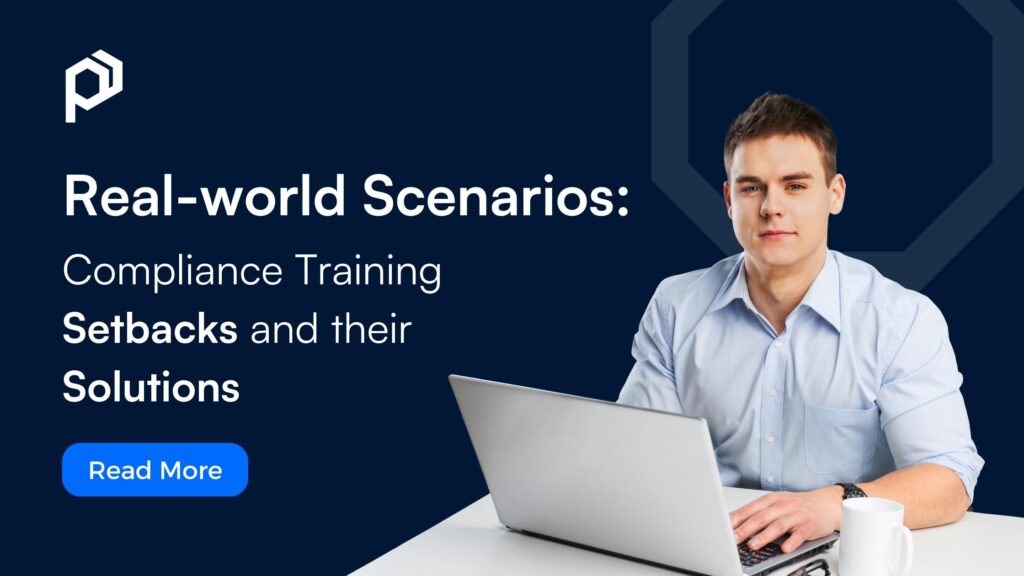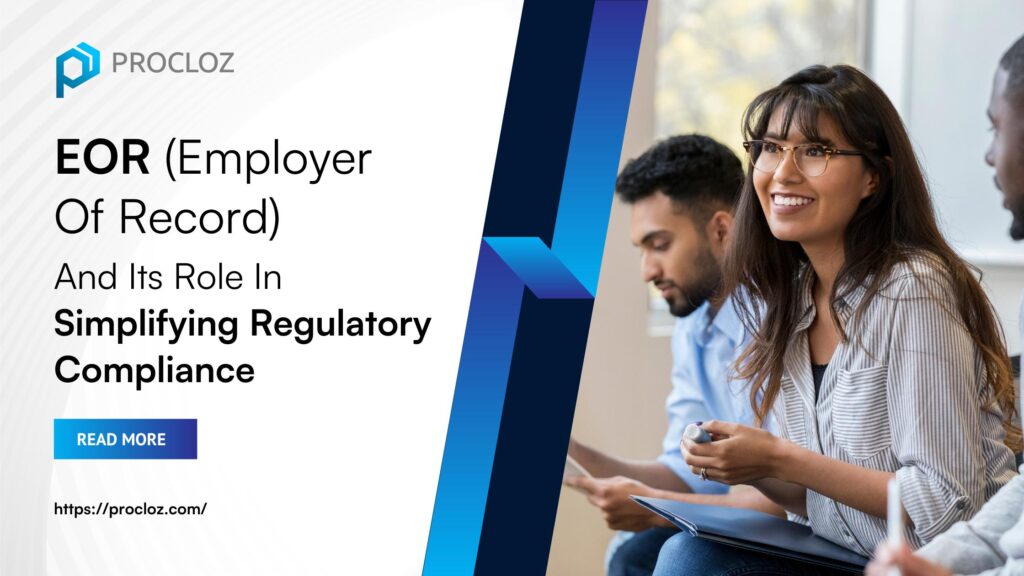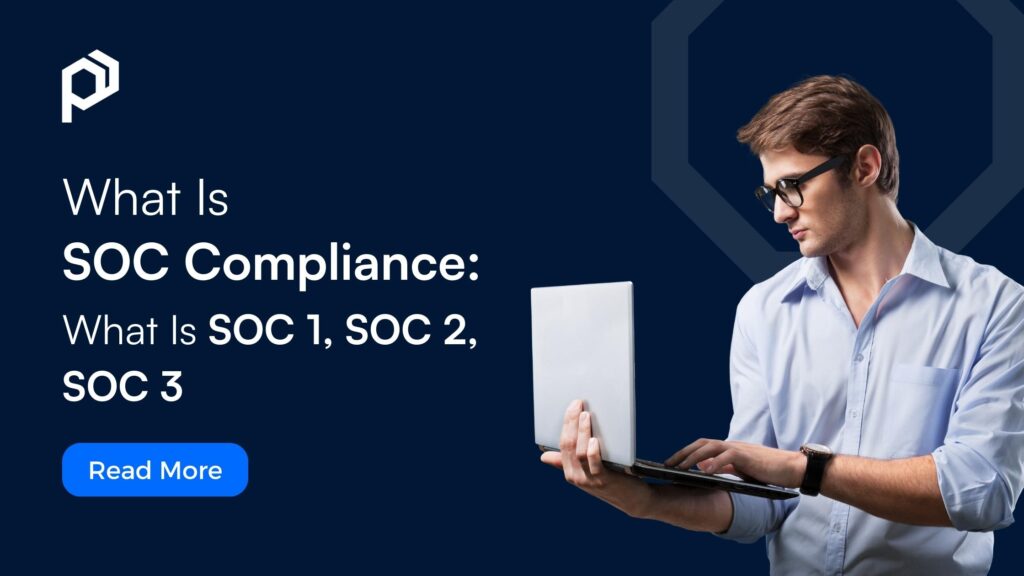Real-World Scenarios: Compliance Training Setbacks And Their Solutions
In today’s evolving corporate landscape, compliance training has emerged as a cornerstone in maintaining the integrity of business process management. Yet, like any organizational endeavor, even with the sincerest intentions, it can hit unexpected roadblocks. This article delves into real-world scenarios where compliance training falters, offering insightful solutions for organizations looking to overcome compliance challenges.
Scenarios For Compliance Training Setbacks
Scenario 1 – Lack of Engagement
Visualize a digital conference room where employees, although logged in, have their attention adrift. They sporadically check the compliance training session, missing out on crucial information. This detachment doesn’t just result in knowledge gaps but also undermines the potential of the training to instill best practices in business process management. The solution? Revitalize the training approach. By infusing sessions with interactive exercises, anchoring lessons with case studies from real-life compliance challenges, and interspersing short, engaging quizzes, organizations can hold and sustain employee attention more effectively.
Scenario 2 – Complex Jargon
Imagine being presented with a compliance training booklet that’s riddled with heavy, intricate terminology. As experts who have dealt with business process outsourcing, we can attest that overwhelming employees with such dense vocabulary can lead to more confusion than clarity. The remedy lies in clarity and accessibility. By embracing straightforward language, explaining terms where necessary, and demystifying complex ideas, the essence of compliance training requirements becomes more accessible and resonant for everyone involved.
Scenario 3 – Lack of Relevance
Consider a situation where employees sift through compliance content, finding themselves questioning, “How does this relate to my daily tasks?” Such perceptions arise when training feels disjointed from one’s role. This not only risks employees overlooking vital information but also downplays the significance of compliance in their day-to-day tasks. To bridge this gap, it’s crucial to tailor compliance training modules specifically to job roles, ensuring every employee grasps the real-world relevance of the content.
Scenario 4 – Outdated Content
In a rapidly changing regulatory landscape, imagine relying on compliance materials that hark back to a bygone era. This is a treacherous path. Outdated information not only jeopardizes the credibility of training but can also land organizations in legal hot water. Regular content audits, coupled with a commitment to remain abreast of the latest legal updates, are indispensable.
Scenario 5 – Ineffective Assessment
What’s the point of training if its efficacy remains unmeasured? In many instances, assessments designed to gauge understanding fall short, giving a distorted view of employees’ grasp of payroll compliance and other topics. This underscores the need for robust evaluation tools. Incorporating scenario-based questions and fostering a culture of feedback can ensure that required compliance training for employees is truly impactful.
Solutions and Best Practices
From the discussed scenarios, some salient solutions emerge:
- Enhancing engagement through interactivity.
- Simplifying content for better comprehension.
- Tailoring training to job roles for increased relevance.
- Prioritizing content updates to stay legally compliant.
- Reinventing assessment techniques for accurate feedback.
- A proactive approach, one that integrates the principles of business process management, can make all the difference. By continuously evaluating and finetuning their compliance training programs, organizations can remain one step ahead.
Conclusion
The criticality of compliance training extends beyond mere legal adherence—it’s a reflection of an organization’s commitment to ethical operations. Whether it’s navigating the intricacies of outsourcing payroll or mastering payroll tax compliance, a proactive and adaptive training regimen is indispensable. By drawing lessons from real-world scenarios, organizations can bolster their training efforts, ensuring they remain both compliant and competitive in today’s business landscape.
Real-World Scenarios: Compliance Training Setbacks And Their Solutions Read More »



